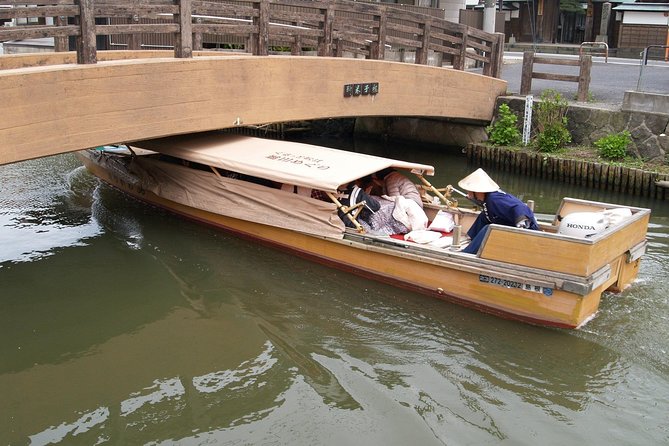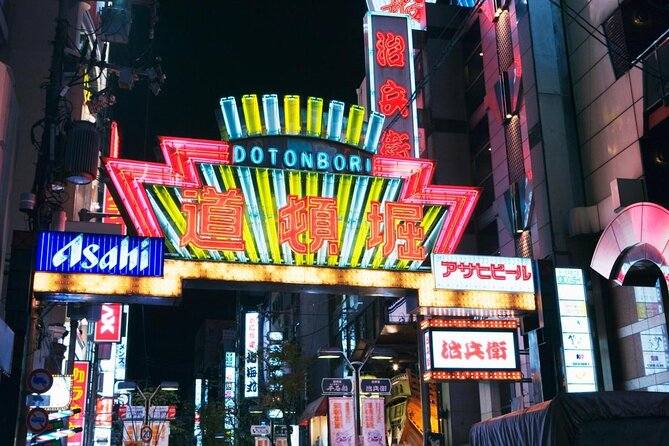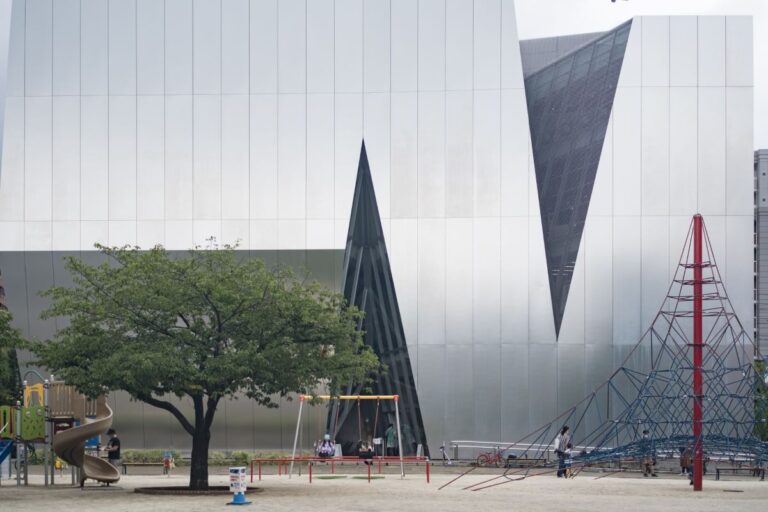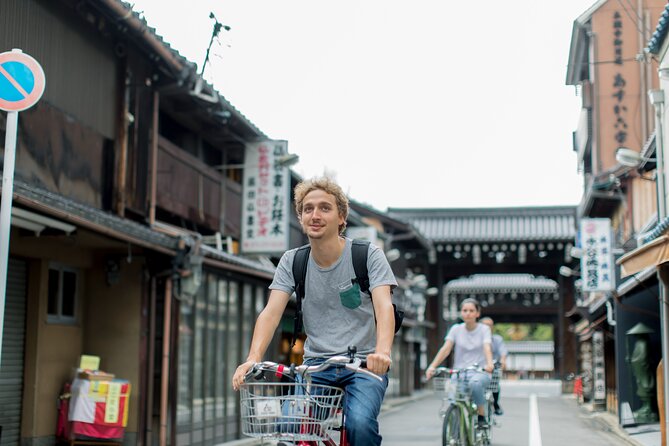The Grand Sumo Tournament Tour in Tokyo offers an immersive experience into the world of sumo wrestling. Attendees can witness the intense matches and techniques of sumo wrestlers at the prestigious Ryogoku Kokugikan National Sumo Arena.
With options of first or second seating floors, attendees can choose their preferred view. For an unforgettable cultural experience, this tour is a must for sumo enthusiasts visiting Tokyo.
Quick Takeaways

- The meeting point for the Grand Sumo Tournament Tour is Ryogoku Station in Tokyo, Japan.
- The tour starts at 09:45 AM and participants should take the Toei Oedo Line to Ryogoku Station.
- The end point of the tour is Ryogoku Kokugikan National Sumo Arena.
- There are two seating floors in the sumo arena: first and second. The seating options include Box B seats, Chair A seats, and Chair B seats.
History and Tradition of Sumo Wrestling in Tokyo
Sumo wrestling in Tokyo has a rich history and tradition that can be traced back for centuries. It isn’t just a sport but also a deeply ingrained cultural practice in Japan. Sumo wrestling traditions are rooted in Shinto religious ceremonies and rituals.
The sport is characterized by its unique techniques and rules. The primary objective of sumo wrestling is to force your opponent out of the ring or make them touch the ground with any part of their body other than their feet.
The wrestlers, known as rikishi, train rigorously and follow a strict lifestyle that includes a specific diet and daily rituals. These traditions and techniques have been passed down through generations, making sumo wrestling an integral part of Japanese culture.
Schedule and Ticket Information for the Grand Sumo Tournament

There are multiple ticket options available for a grand sumo tournament, so visitors can choose the seating option that best suits their preferences and budget. Here are three seating options to consider:
- Box B seats: These seats are closer to the ring than chair seats on the second floor. They can accommodate up to 4 people, and each spectator is seated on a cushion. Box B seats offer a unique and immersive experience.
- Chair A seats: These seats are even closer to the ring than chair B seats. While they’re more expensive, they provide a prime viewing location for those who want to be as close to the action as possible.
- Chair B seats: Located on the second floor, these seats are the most affordable option. They’re suitable for those who want to enjoy the tournament in a more economical way.
As for the cancellation policy, visitors can cancel their tickets up to 24 hours in advance of the experience for a full refund. However, no refund will be given if the cancellation is made less than 24 hours before the start time. It’s important to note that no changes to the tickets will be accepted less than 24 hours before the experience starts.
Exploring the Ryogoku Kokugikan National Sumo Arena

Visitors can enjoy the unique atmosphere of the Ryogoku Kokugikan National Sumo Arena by exploring its traditional architecture and witnessing the intense matches.
The sumo arena’s architecture is steeped in tradition, with its wooden structure and high ceilings evoking a sense of history. The design of the arena allows for optimal viewing of the matches from all angles, ensuring that spectators don’t miss any of the action. Plus, the arena also showcases the cultural significance of sumo wrestling in Japan.
Along With the architectural beauty of the arena, visitors may also be interested in learning about the sumo wrestlers’ diet. Sumo wrestlers follow a strict diet that consists of large quantities of protein-rich foods, such as fish, meat, and tofu, as well as high-calorie meals to maintain their weight and build muscle. This unique aspect of sumo culture adds to the overall experience of visiting the Ryogoku Kokugikan National Sumo Arena.
Witnessing the Intense Matches and Techniques of Sumo Wrestlers

Spectators at the Ryogoku Kokugikan National Sumo Arena can witness the intense matches and techniques of sumo wrestlers up close and personal. Sumo wrestling is a traditional Japanese sport that requires immense strength, agility, and skill.
Here are three key aspects of sumo wrestlers’ training and the techniques they employ in matches:
- Training: Sumo wrestlers undergo rigorous training regimes to build their strength and endurance. This includes practicing various exercises, such as push-ups, squats, and lifting weights. They also follow a strict diet to maintain their weight and enhance their performance.
- Techniques: Sumo wrestlers use a variety of techniques to outmaneuver their opponents and win matches. These techniques include pushing, pulling, throwing, and grappling. Each wrestler develops their own unique style and strategy based on their body type and strengths.
- Rituals: Sumo matches are steeped in tradition and rituals. Before each match, the wrestlers perform a ceremonial salt-throwing to purify the ring and ward off evil spirits. They also engage in intense staring matches to intimidate their opponents.
Experiencing the Cultural Significance of Sumo in Tokyo

While attending a Grand Sumo Tournament Tour in Tokyo, travelers can fully enjoy the cultural significance of sumo. Sumo, a traditional Japanese martial art, isn’t just about the intense matches and techniques of the wrestlers, but also about the deep-rooted traditions and rituals that surround it.
From the moment they step foot in the Ryogoku Kokugikan National Sumo Arena, visitors are transported into a world where ancient customs are still honored. The tournament begins with a series of rituals, such as the dohyo-iri, where the wrestlers perform a ceremonial entrance onto the ring.
Throughout the matches, spectators can witness the precise movements and techniques that have been passed down through generations. By experiencing sumo in Tokyo, travelers have the opportunity to gain a deeper understanding of the cultural significance and traditional rituals that make this sport so unique.
Tips for Enjoying a Memorable Grand Sumo Tournament Tour

To fully immerse in the experience, attendees can enhance their enjoyment of a memorable Grand Sumo Tournament Tour in Tokyo by following these helpful tips:
- Arrive at the meeting point on time: The meeting point is Ryogoku Station, and the tour starts at 09:45 AM. To ensure a smooth start, take the Toei Oedo Line and exit at A3 Exit on the ground.
- Choose the right seating option: The Ryogoku Kokugikan National Sumo Arena offers two seating floors: first and second. Consider booking Box B seats for a closer view of the ring or opt for Chair A seats for a more luxurious experience. If you’re on a budget, Chair B seats on the second floor provide an affordable option.
- Read traveler reviews: Before booking the tour, check out reviews from previous attendees. Look for positive feedback on the guide’s knowledge and the unique experience of watching sumo. This will help ensure a memorable and enjoyable tour.
Here's some more great Japan experiences nearby that we think you'll like.
Frequently Asked Questions
Are There Any Age Restrictions for Attending the Grand Sumo Tournament?
There are age restrictions for attending the grand sumo tournament. The rules and regulations state that children under the age of 6 are not allowed to enter the tournament.
Can I Bring Food and Drinks Into the Ryogoku Kokugikan National Sumo Arena?
Yes, spectators can bring outside food and drinks into the Ryogoku Kokugikan National Sumo Arena. However, it is important to note that there may be age restrictions on certain types of food or beverages.
Is Photography Allowed During the Matches?
Photography is allowed during the matches at the Ryogoku Kokugikan National Sumo Arena. It is a cultural significance to capture the intense and traditional moments of sumo wrestling.
Are There Any Souvenir Shops or Merchandise Available at the Sumo Arena?
Yes, there are souvenir shops at the sumo arena where visitors can purchase merchandise. They offer a variety of items related to sumo wrestling, allowing spectators to take home a memento of their experience.
Are There Any Nearby Restaurants or Places to Eat Before or After the Tournament?
There are several restaurants near the Ryogoku Kokugikan, offering a variety of cuisines. Visitors can find the best places to eat in Tokyo before the grand sumo tournament, ensuring a satisfying dining experience.
The Sum Up
To sum it up, the Grand Sumo Tournament Tour in Tokyo offers a unique opportunity to witness the history, tradition, and intense matches of sumo wrestling.
With various seating options available, attendees can choose their preferred view and budget.
The tour provides a comprehensive guide to the tournament, ensuring attendees have all the necessary information for a memorable experience.
By experiencing the cultural significance of sumo in Tokyo, attendees can gain a deeper understanding and appreciation for this iconic sport.
Where To Stay In Tokyo
Tokyo visitor levels are currently at an all-time high so make sure to book your hotels early. Tip most hotels booked with booking.com have free cancelation so book as soon as you know your date and you can always cancel if you change your mind.






